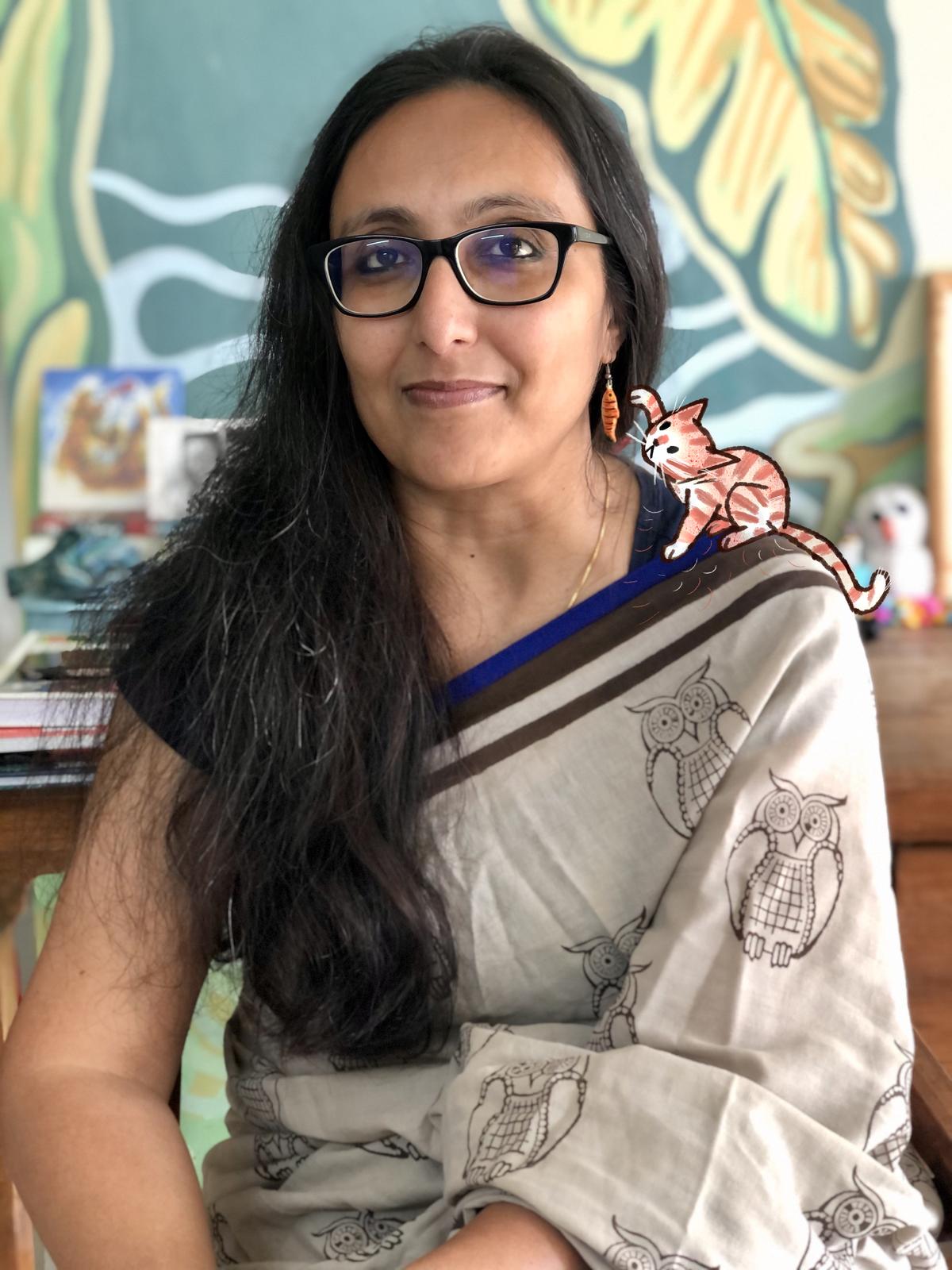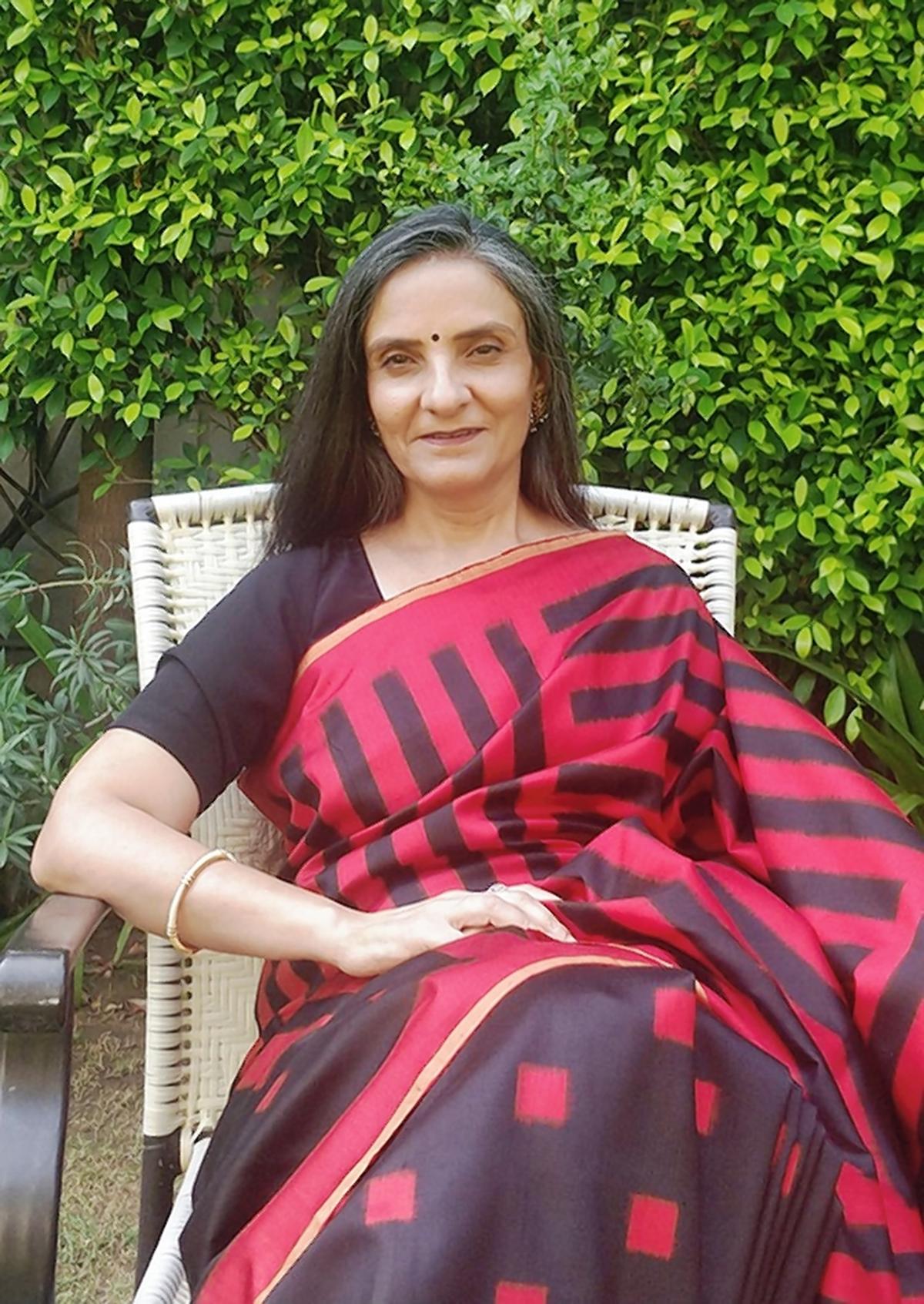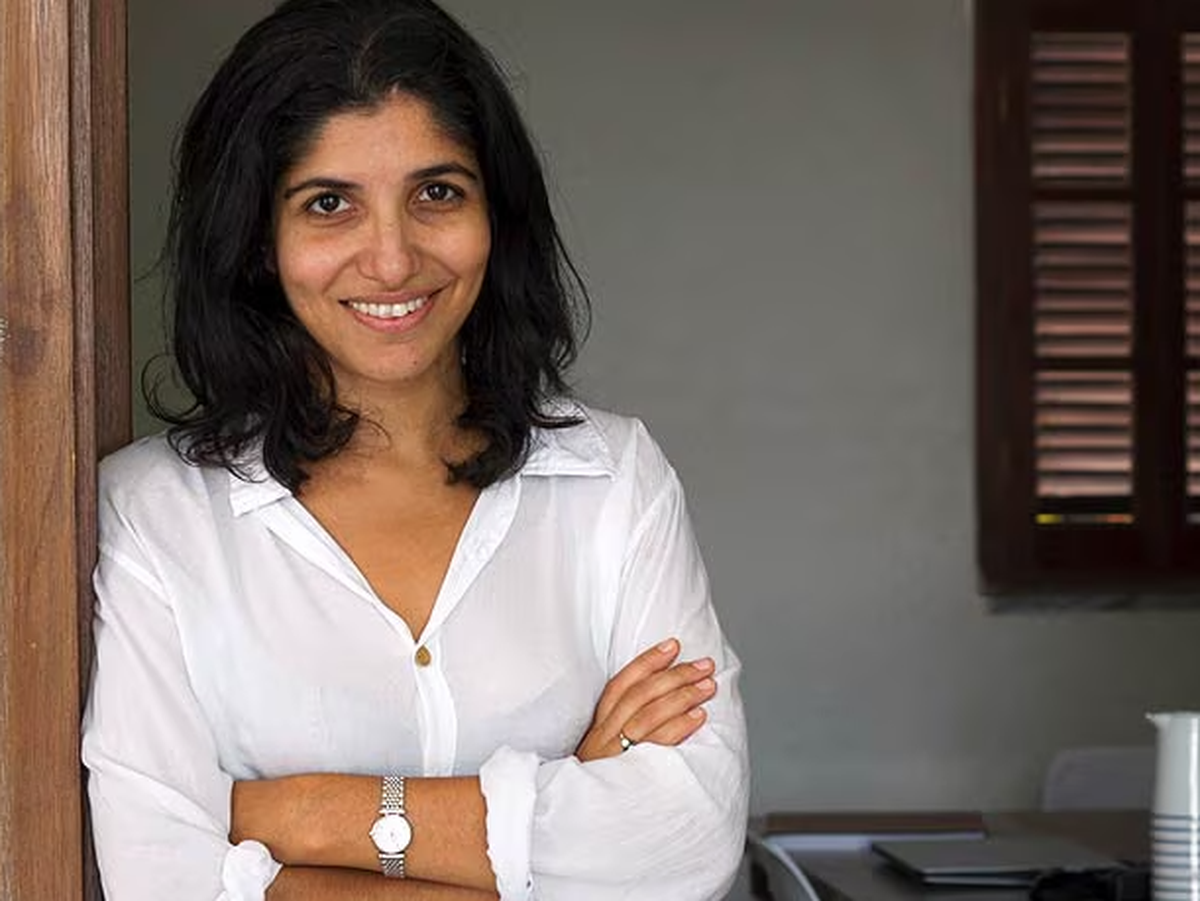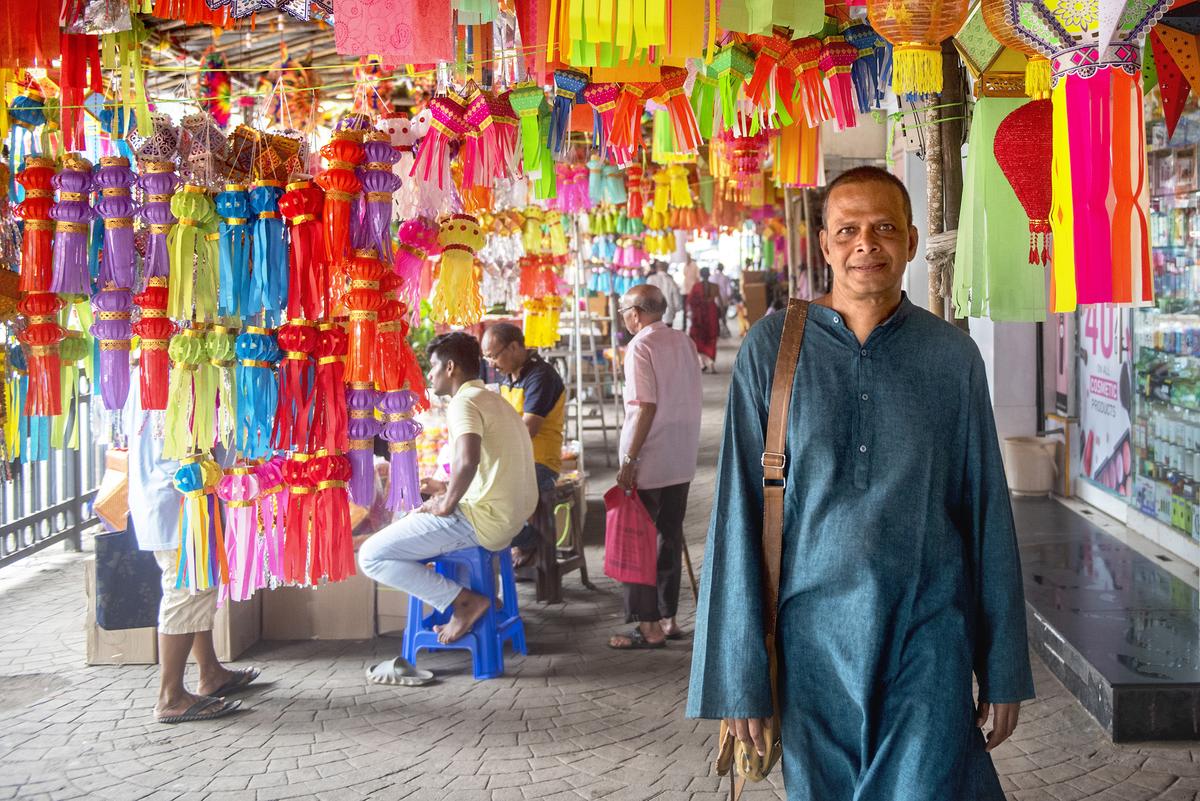
Imagine you’re a homemaker who makes the best hummus in your housing society. Neighbours call you when they host an event, you receive rave reviews, and have perfected the recipe, so you can scale without compromising quality. So, what stops you from growing your brand? You don’t know how to design a logo, craft a catchy tagline, manage online orders, or create an Instagram post that gains traction.
Enter Generative AI. With its help, you can design a logo, draft press releases, create blog posts, improve your website’s SEO, and build your own app. Suddenly, you are not just a gig worker, you are a business. This is the optimistic vision of artificial intelligence: a tool of empowerment that allows anyone to triple their potential, and become a job-creating, GDP-boosting entrepreneur. The reality that’s playing out is far less rosy.
Reality check
OpenAI recently faced backlash when a feature that lets users generate images of themselves in the style of Japanese animation company, Studio Ghibli, came under fire. Critics felt it was plagiarism and disrespected the studio’s legacy of meticulously drawing each frame by hand. Then Meta became the subject of a copyright infringement lawsuit after the company was revealed to have trained Llama, its large language model (LLM), on pirated e-books.
“It’s clearly theft, so it’ll be interesting to see whether multi-billion-dollar corporations can get away with blatant piracy. I suspect they can,” says sci-fi novelist Samit Basu, who has previously shared his concerns about the systemic inequities that AI threatens to exacerbate — the benefits of AI will be enjoyed by a privileged few, while the majority loses jobs to automation. “It was funny when a big western AI company, which had stolen huge amounts of work to train its LLMs, was outraged because a Chinese AI company (DeepSeek) used their data to train its own AI. Belief in copyright exists only when convenient,” he adds.
Summit bass
Meanwhile, author and climate activist Bijal Vachharajani says she’s concerned about the environmental cost of AI, especially the huge amount of energy LLMs consume. The Association of Data Scientists reports that training GPT-3 consumed the same amount of energy a typical American household would use in 120 years. “It terrifies me that regenerative activities like writing and illustrating are now being manufactured,” says Vachharajani.

Writer Bijal Vachharajani

“I’m willing to bet that AI is just the new boys’ game. All the people in AI at the top are men of a certain kind who have, I think, problems with emotional complexity and much prefer the binary of the computer. They want to take up writers’ produce, our product, and turn it into something that will simply do their command and without any human attachment. They’re wishing us all out of existence. But we’re not going anywhere.”Jerry PintoWriter
Constantly shifting stance
While lawsuits stir up debate on legal technicalities, for some, AI has become an irreplaceable tool for productivity, research, and the occasional thesaurus check. Priya Kapoor, editorial director, Roli Books, admits to being “excited” about the possibilities. “And I mean market research, writing proposals, grammatical and spell checks, amongst other laborious tasks that don’t require critical thinking,” she specifies. “But I am concerned about how it will impact creativity.”

Priya Kapoor
Literary agent Mita Kapur has received manuscripts from a few writers who admitted to using AI for parts of the process, but she wasn’t impressed. “I want to see writing that comes straight from the gut. I want that raw honesty, whether it’s fiction, nonfiction, or anything else,” she says. “The moment I feel that plastic feel, I mentally take 10 steps back.”
She admits that AI could be here to stay, though. “It’s being used in varied ways by people across the board, so it will impact the way writing evolves. But there will be writers across genres who will stick to their own imagination, vocabulary, and research methods. They’ll exist like parallel universes,” says Kapur.

Mita kapur
Overall, the sentiment about AI is ambivalent, and constantly shifting. Jibu Elias, who headed content and research at the Government of India’s INDIAai initiative (which aims to build an ecosystem that fosters AI innovation), has been trying to write a book about AI. “It’s tricky to write one that stays relevant because AI’s evolving faster than expected,” says Elias, country lead for Mozilla Foundation Responsible Computing Challenge.
While he’s optimistic about its role in healthcare and infrastructure, generative AI is a different story. “Every job I had after college can now be done more efficiently by AI, but those were great learning experiences,” he says.

“Nobody is against evolving technologies. Artists are inherently curious and the first ones to adapt to new technologies. The reason this conversation has taken this tone is because the entities behind these emerging technologies don’t seem to be taking artists’ best interests into consideration at the moment. The impression is that the artists that provided the raw materials and aspiration for these path-breaking technologies are being way-sided by the very systems they inspired.”Pankhuri upadhyayIntellectual property lawyer
‘We’re not going to be able to replace editors’
At Juggernaut Books, founder and publisher Chiki Sarkar and her team have already started to explore the ways in which AI can assist the editorial process. “We generated a bunch of good subtitles. And we mocked up book cover ideas — the designers didn’t actually go in those directions but it was a useful brainstorming exercise nonetheless,” she says. Most promisingly, Sarkar sees AI as a much-needed line-editing tool, which can help alter the narrative style of a piece of text, make headlines crisper and subtitles punchier. “But it can’t really fix anything that doesn’t already have the basics,” Sarkar cautions. For now, despite the mounting concern, she doesn’t foresee any major upheavals in the publishing industry, at least as far as job security is concerned. “The output from AI is only as good as the prompts,” she says. “Plus, the real major editorial work — the author relations, working with a designer on a genuinely good book jacket, and most importantly, assessing a book — still needs human intervention,” she chuckles. “I don’t really think we’re going to be able to replace editors anytime soon.”

Chiki Sarkar
Is AI a disruptor like Photoshop?
None of these conversations are specific to AI, says digital anthropologist Payal Arora. Recently, The New Yorker published a piece comparing the current AI disruption to the U.K.’s industrial revolution, when mechanised looms replaced artisan weavers. The looms stayed, but so did the artisan, and now “handwoven” is seen as a luxury.
Arora says AI tools are democratic. “At the AI Film Festival in Amsterdam, many filmmakers were single mothers, or from lower socio-economic backgrounds. That’s the democratisation of creativity. Filmmaking usually requires a lot of money, and is easier for men who can be on set for months.” Having the capacity to care about copyright infringement, however, is often a privilege, adds Arora. “The creatives who protest are those with a platform and power. They’re part of unions backed by the state, and live within an institutional framework, which could work in their favour,” she says.

Historically, new technologies have been met with scepticism, or fear, before being embraced. “AI has many similarities to Photoshop, which shook things up in the 1990s,” says Kapoor. “At first people questioned its authenticity and integrity, then it became a valuable tool for photographers, and not a replacement for their work.”
Writer and educator Jerry Pinto agrees. “Do I feel threatened by AI? No. If you are a systems manager who dislikes writing emails, ChatGPT can make your life easier,” he says. “But I like writing, so I won’t use it.”

Jerry Pinto
| Photo Credit:
Getty Images
Pinto respects the applications of AI in fields such as medicine. For instance, AI tools could create a database of drugs, side-effects and contraindications. “But does that mean you’re going to stop going to a doctor? I don’t think so,” he says, adding, “History is full of inventions that were doubted by people at first, but many have worked spectacularly, so I may be wrong.”
Figuring out the legalities
While regions like the EU have introduced AI-specific legislation, India has stated that new laws will not be framed as existing laws cover AI-generated content. IP lawyer Pankhuri Upadhyay, founder of law firm Maker’s Legal, believes the Indian intellectual property laws provide a relatively strong framework. “But some clarifications, provisions, and adjustments are needed as the landscape in which these laws were framed have since evolved,” she says.
For instance, contracts of performers often give producers full rights to the performance in perpetuity, with the artists having no say on how it is used. The implications of this clause weren’t as sinister in the pre-Sora era (the image or text-to-video generation tool) as they are today — where an actor’s likeness can be used to generate entire on-screen performances they neither consent to, nor receive compensation for. “This is a tumultuous period of litigation and policymaking globally and there are still no clear answers about whether training AI on copyrighted material counts as infringement. I hope ongoing lawsuits will bring clarity,” says Upadhyay.
The United States Copyright Office has shared detailed guidelines that can help organisations, legal professionals and policymakers navigate the GenAI landscape. This could be an opportunity to rethink IP infrastructure. There’s growing interest in using blockchain to track who created what — and ironically, data science researchers have suggested that AI itself could become a key tool for protecting creative rights across different media.
The freelance writer and playwright is based in Mumbai.
Published – May 29, 2025 10:44 pm is







